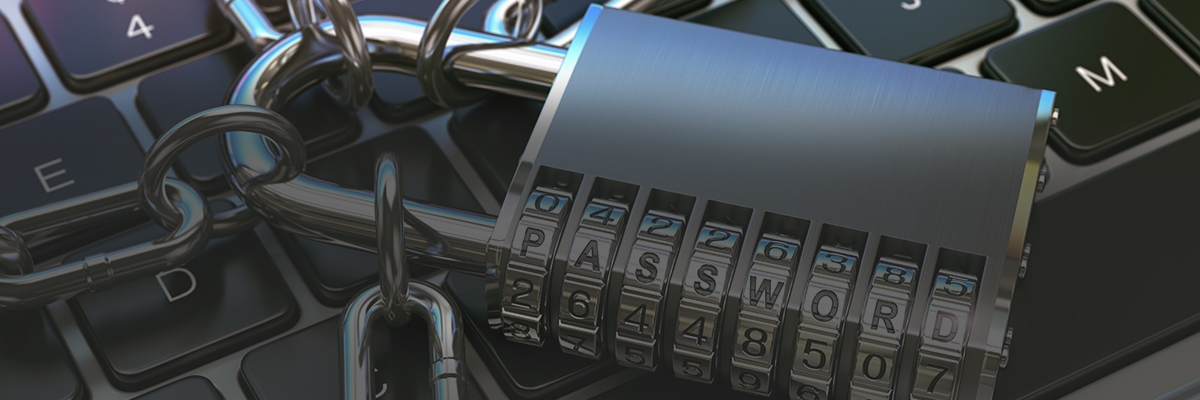
Why Securing End Point Devices is Key to Company Survival
The Covid-19 pandemic has affected businesses worldwide in ways that have been completely unforeseen. Across the globe, organizations have been scrambling to tweak policies and processes in order to keep their business running. Many businesses that never had procedures for remote workers are now adopting work from home solutions to adapt to the current pandemic. Organizations, even those that have to follow strict regulatory guidelines, are adopting this solutions thanks to coming-of-age secure remote access and identity and access management solutions
Change You Must: The Sooner The Better
As the Covid-19 pandemic is continuing to unfold, businesses are forced to change the way they are working and adapt new strategies. Even the most financially capable of corporations, will not survive without adapting to the new work environment. The sooner they adjust their policies the higher the likelihood will be of surviving through these difficult times.
The People: Still Key To Survival & Success
Availability of secure digital workspace solutions notwithstanding, the outcome of all these changes and the survival of many businesses ultimately hinge on their employees and how they adapt to the new reality. Unless the people, employees, contractors, associates, vendors, partners, et al., are encouraged and enabled to perform their roles and responsibilities with equal efficiency, irrespective of where they are working from, businesses cannot survive.
Security Concerns Over Remote Working
Interestingly, the very people who are key to the survival of a business are also a weak link in this digital world. Therefore, companies rolling out work from home solutions face the challenge in ensuring secure remote access to their employees. A remote workforce, using unmanaged devices and unknown networks, present serious threats to corporate applications and resources. Unfortunately, unscrupulous elements exist on the dark web and companies become more susceptible to cyberattacks and malware attacks. Then the question arises: How can companies adopt Work From Home policies and ensure security and privacy frameworks? How can organizations continue to remain compliant with regulatory guidelines?
Ensure Compliance, Continue Business As Usual
Under the given circumstances, organizations need to enable their people to work from the safety of their homes, without sacrificing the corporate security standards. Using zero-trust architecture, businesses can extend secure remote access to employees, contractors, associates, vendors, partners, etc. In doing so, there are essentially three things that need to be taken care of.
Positive identification of all your people and devices is a must. -Instead of only user name and password, use multiple parameters, like log-in time, device location, hardware component identification, IP addresses, etc.
Identify the device, application and/or user every time an access request is raised. -Be context driven to evaluate need for access. Define rules for granting or denying an access. If need be, ask for more authentication information while dealing with an access request. Use a combination of all the above factors to determine the next course of action, in real time and at scale.
Once the user/device is determined to be legitimate & authentic, determine the extent to which an access could be granted. Provide VDI for people to perform their roles.
Allow access to only those applications that the user needs to perform his or her duty in the given context
Do not allow any remote device to access any internal network. None of the internal IP addresses should ever be assigned or exposed to a remote device.
With this air-tight framework in place, organizations can recalibrate their operations to survive and ensure quick revival in the post Covid-19 environment. Employees, on the other hand, can safely function with ease using company-issued devices, rented laptops or personal endpoints.